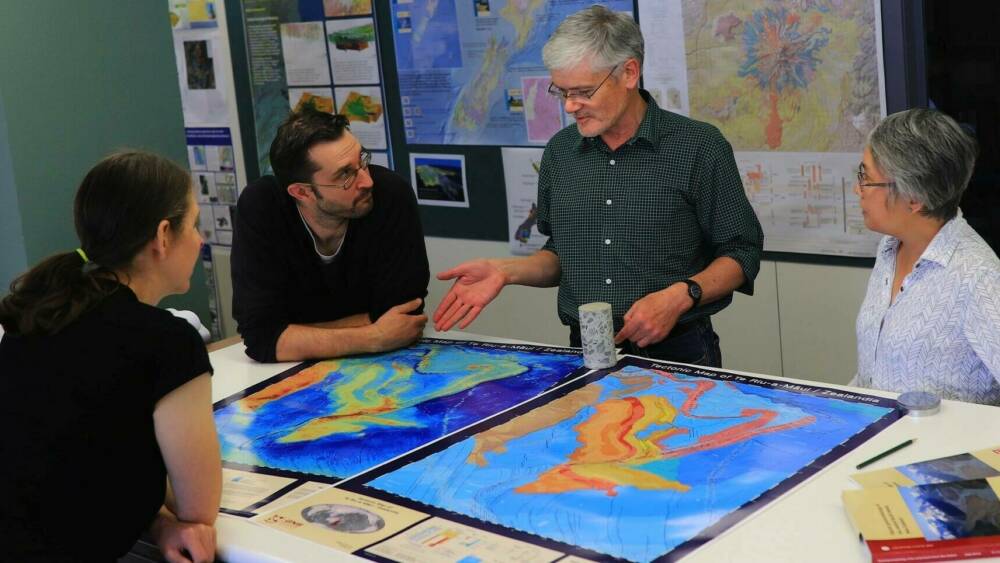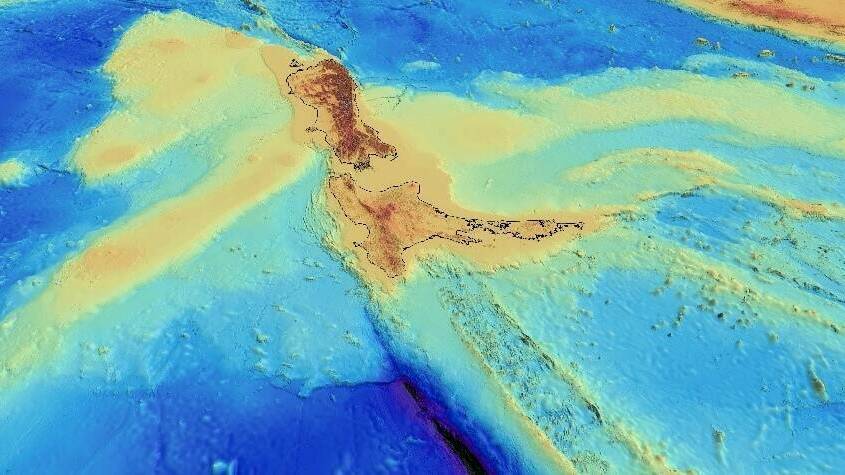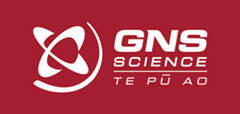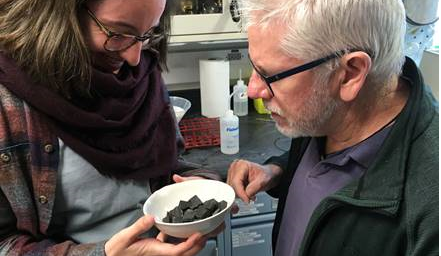Te Riu-a-Māui: Naming a continent
Aotearoa New Zealand sits on top of a mostly submerged continent. The continent was initially called Zealandia by scientists but now has a Māori - Pasifika name. Te Riu-a-Māui draws on the geological processes that shaped the continent as well as enriching Māori and Pasifika narratives of exploration and discovery.

Background
The islands of Aotearoa New Zealand sit on top the mostly submerged continent Te Riu-a-Māui. “The more or less continuous landmass that appears above the waves is the upthrust welt that marks the seam between two lithospheric plates. Our country is not merely a sea-girt realm, it is a veritable kingdom of the deep.” – Dr Ian Reilly, November 1994
The link between Aotearoa New Zealand and the surrounding oceans is profound. The islands of Aotearoa New Zealand are the emergent highlands of a vast drowned continent created by global tectonic forces. The sea floor of the continent has been mapped for many decades by oceanographers and geologists, however, it has only been since undersea scientific exploration rapidly advanced from the 1960s that the true extent of the continent began to emerge, and an understanding of the tectonic forces and geological processes gained.
The name Zealandia was first used by geologist in the mid-1990s and has grown in familiarity and use in recent years. In 2020 maps depicting bathymetry (shape of the ocean floor) and the tectonics (rock foundations) of the continent were published (https://shop.gns.cri.nz/gps7-pdf/; https://shop.gns.cri.nz/gps8-pdf/). As part of the mapping process geologists at GNS Science sought to promote the connections between mātauranga Māori with western science through an indigenous name that reflected Māori and Pasifika traditions and the forces that shaped the continent.
Project details
GNS Science sought advice on a name for the continent from the late Professor Mānuka Hēnare of Auckland University. Professor Hēnare held the position of Associate Dean of Māori and Pacific Development at the university and was a widely respected academic. He had an extensive understanding of both the physical and geological history of the continent and its place in the culture of Māori and Pacifika exploration.
Professor Hēnare conceived the name Te Riu-a-Māui that literally means the hills, valleys and plains of Māui. Riu means hull (of a canoe), valley, a belly, the core (of a body). It is the whole that holds the parts together. Māui is the legendary Māori-Pasifika explorer of the Pacific Ocean, an ancestor of all Polynesians that sailed and explored the Pacific. Māui caught the fish that became the North Island of Aotearoa New Zealand we know today.
What they hope to achieve
The name Te Riu-a-Māui brings together traditional oral narratives and science. It evokes the geological forces that shaped the continent and draws on traditions of Pacific Ocean exploration in Māori and Pasifika culture. The aim of this project is to bring the name Te Riu-a-Māui into common usage that is embraced by all peoples to identify Earth’s 8th continent and to inspire a new generation of explorers and researchers.

Resource



